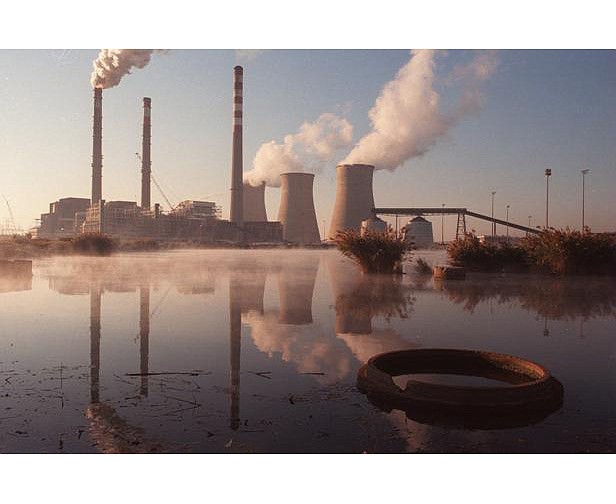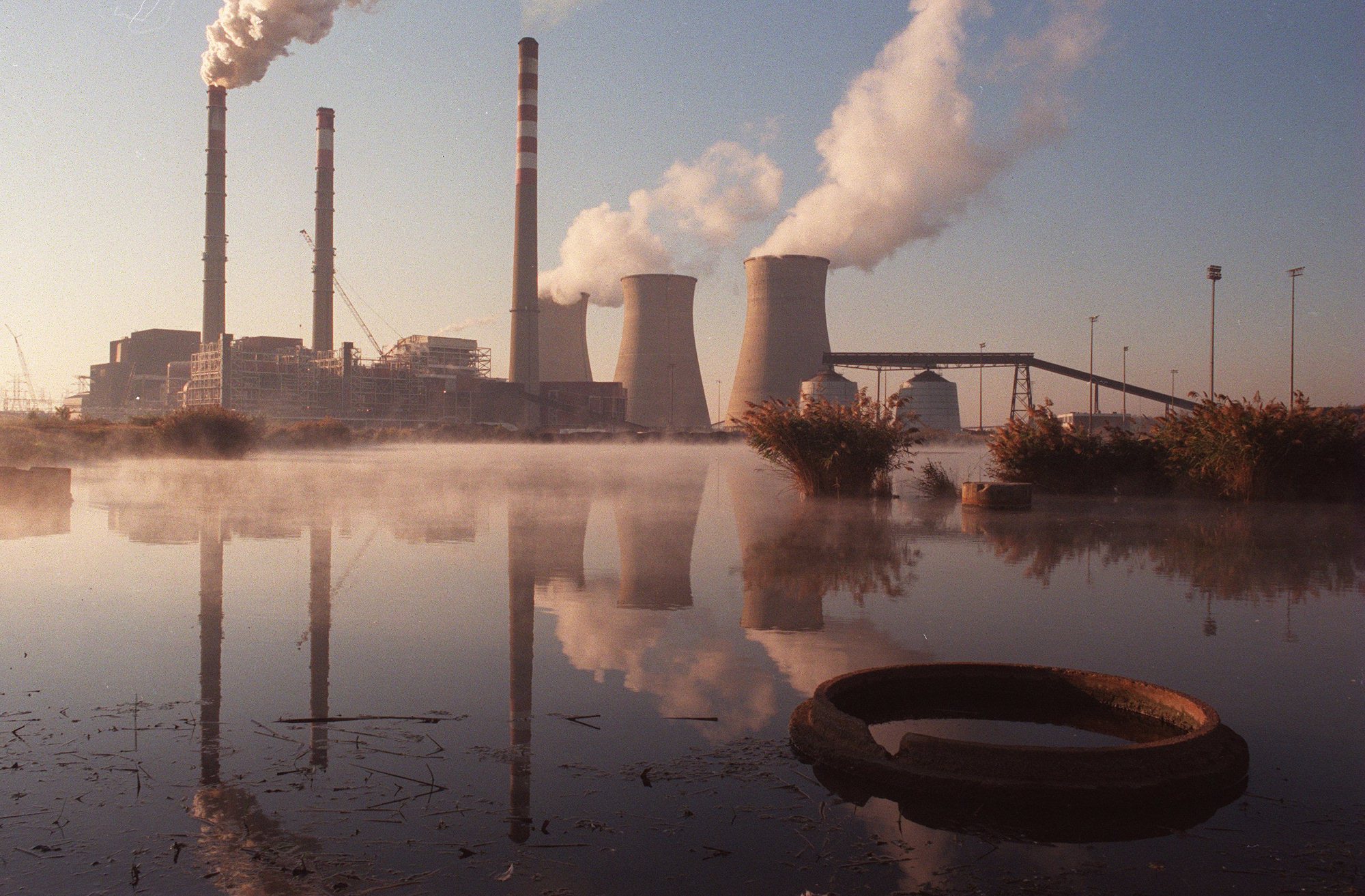LOUISVILLE, Ky. - A Tennessee Valley Authority coal-fired power plant in western Kentucky that is undergoing expensive pollution control upgrades has been named a top polluter by an environmental watchdog group.
The report Thursday from the Environmental Integrity Project said the TVA Paradise Fossil Plant near Drakesboro emitted 1,505 pounds of arsenic, 1,907 pounds of lead and 1,409 pounds of chromium in 2011. The plant was third on the group's metal emissions list that used the most recent data available from the U.S. Environmental Protection Agency.
The 2,200-megawatt plant is the largest in Kentucky by wattage output.
TVA spent $500 million to upgrade the scrubbers on the plant's generating units 1 and 2, a project that was completed in 2012. The EPA figures used in the survey do not include the plant's emissions since the upgrades were finished.
TVA officials invited reporters to the Paradise plant in May 2011 to show some of the upgrade work being performed.
TVA spokesman Scott Brooks in Knoxville said Thursday units 1 and 2 now operate with up to 93 percent sulfur dioxide removal, and TVA is planning more upgrades by 2016 on those units to capture more particulates. A third generating unit at the plant already had a more advanced scrubber system, he said.
The environmental group's list named the top 10 plants that emit the most mercury in the U.S., which included five power plants in Texas. The group said the ten power plants accounted for 18 percent of mercury emissions nationwide in 2011.
The group also created a second list of plants that release large amounts of metals into the air. The TVA Paradise plant was named on that list, behind the JH Campbell plant in Ottawa, Mich., and the Laramie River Station in Platte, Wyo.
Ilan Levin, an attorney with the Environmental Integrity Project, said in a statement Thursday that progress on installing pollution controls at coal-fired power plants around the nation has been uneven.
"The dirtiest plants continue to churn out thousands of pounds of toxins that can be hazardous to human health even in small concentrations," Levin said.

